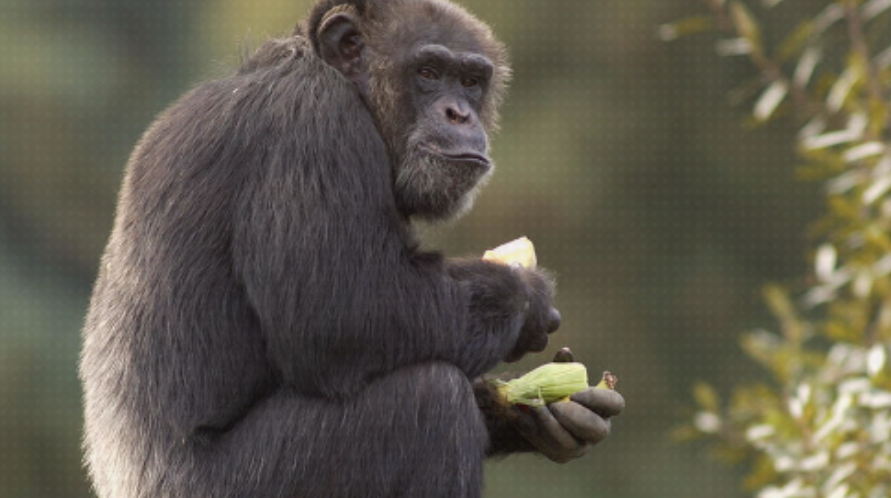
Invariably confectionary brand owners worry about snack bars and other non-confectionary products taking their share of their market. It also seems that snack bar brand owners worry about confectionary products increasingly infiltrating their market.
In reality, both camps recognise that the consumer doesn’t differentiate. Their choice of a Kit-Kat or a Nature Valley bar will be a matter of momentary personal preference. The fact that it gets counted differently in our data collection systems, while significant to the analysts, is totally irrelevant to our consumer.
That confectionary and snack markets are becoming more and more blurred is not a new phenomenon, it is however accelerating in pace and is further confused by the merging of breakfast and lunch and almost any meal occasion with the snack and even the confectionary sectors. Almost any food choice that the consumer makes today could move them from ready meal or fast food to snack or confectionary. They could substitute an ice cream or a coffee for a piece of fruit or a snack bar, crisps for a full meal.
Rarely are these conscious thought through decisions from our consumer and if we approach our analysis as if they are we are failing from the start.
It seems trite to still be quoting Kahneman to point out that nearly all human thinking is System 1 – automatic, intuitive and uses minimum effort. What we categorise as an ‘impulse’ purchase is in fact the consumers response to their id, their inner child (what Prof Steve Peters describes as your Chimp) calling out at that moment that that is what they want, they want it now and it will make them feel better.
When our efforts go into investigating what motivates the Chimp (the consumer’s inner child) we start to understand these snap decisions a lot better and thus how we can influence them.
When we focus upon the different occasions and the practical and psychological drivers that are behind these apparently random decisions, we start to understand how each product appears to the consumer. We begin to understand why their Chimp gets excited about one snack in this moment and yet something very different in another situation.
Once we are armed with this understanding the consumers’ decisions start to seem a lot less random and routes to better communications and product development become much clearer.
When we focus less upon ‘what’ they are consuming and look more closely at ‘why’ they made that choice we start to understand our consumers, our market and our own brands much more clearly and we make better decisions for the future of our brands.
Chris Lukehurst is a Consumer Psychologist and a Director at The Marketing Clinic:
Understanding the connections between the consumer experience and emotional responses.


